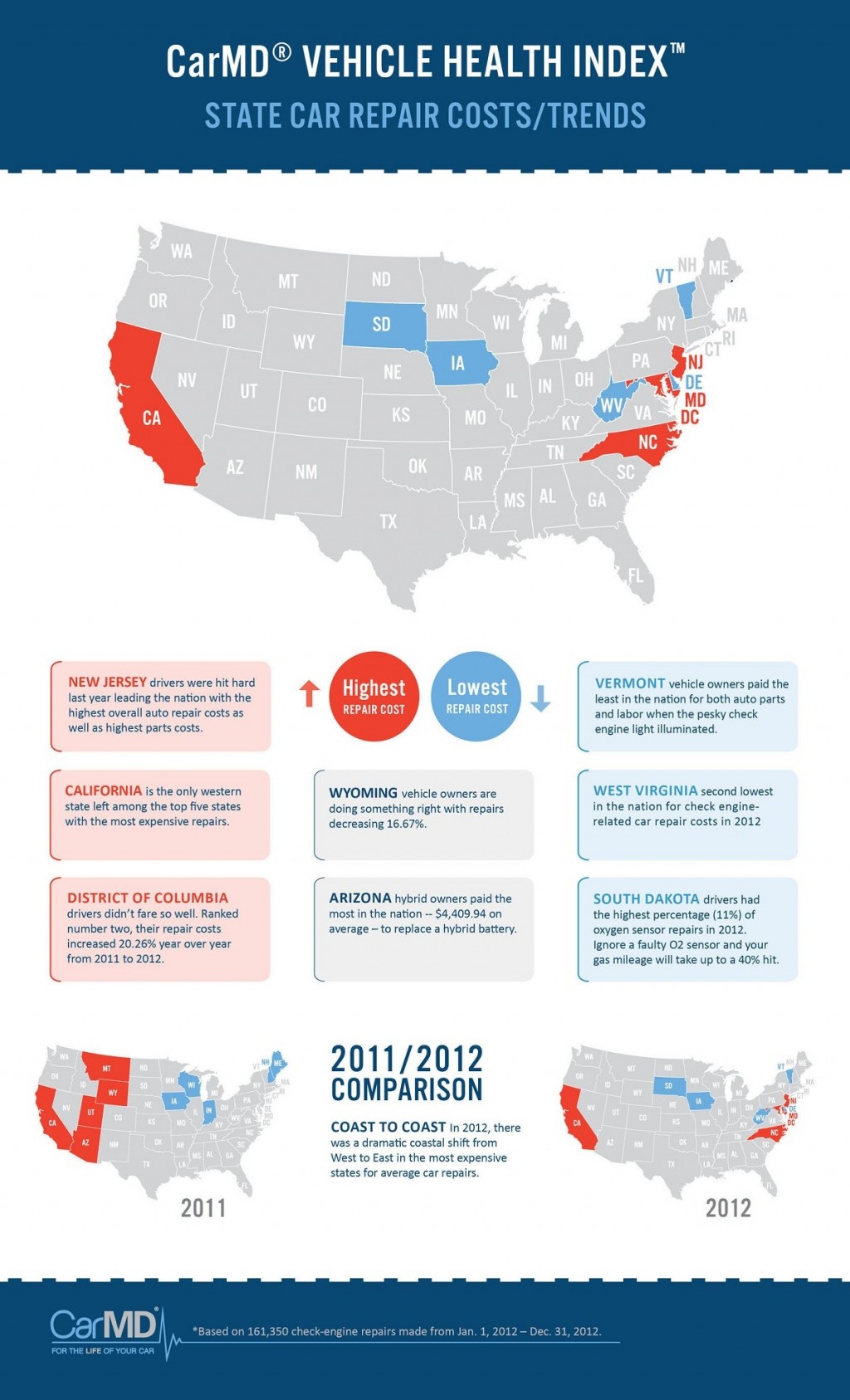Eager To Recognize What The Control Panel Warning Lights In Your Automobile Symbolize? Discover Their Definitions For The Wellness And Safety And Security Of Your Vehicle
Eager To Recognize What The Control Panel Warning Lights In Your Automobile Symbolize? Discover Their Definitions For The Wellness And Safety And Security Of Your Vehicle
Blog Article
Short Article Writer-Sykes Torres
When you're behind the wheel, those beautiful warning lights on your dashboard can be a bit perplexing. Do you understand what they're attempting to inform you about your automobile's health and wellness? Recognizing the importance of these lights is essential for your safety and the long life of your automobile. So, the next time one of those lights pops up, wouldn't you wish to understand its message properly and take the necessary actions to resolve it?
Common Warning Lights and Interpretations
Identify typical caution lights in your auto and recognize their meanings to ensure safe driving.
The most regular caution lights consist of the check engine light, which signals problems with the engine or exhausts system. If this light comes on, it's vital to have your lorry checked immediately.
The oil stress cautioning light shows low oil stress, needing prompt attention to stop engine damage.
A blinking battery light might suggest a damaged billing system, possibly leaving you stranded otherwise dealt with.
https://connerlfatn.blogdun.com/30842014/are-you-eager-to-learn-more-about-the-effect-of-automation-and-robotics-on-the-automobile-outlining-field monitoring system (TPMS) light alerts you to reduced tire stress, affecting vehicle security and gas efficiency. Overlooking this might bring about risky driving problems.
The abdominal light suggests an issue with the anti-lock braking system, endangering your capability to stop swiftly in emergencies.
Lastly, the coolant temperature level cautioning light warns of engine overheating, which can lead to extreme damages otherwise resolved swiftly.
Understanding these usual warning lights will certainly assist you address problems without delay and maintain safe driving conditions.
Value of Prompt Attention
Understanding the common warning lights in your vehicle is just the very first step; the value of without delay attending to these warnings can not be highlighted enough to guarantee your safety and security when traveling.
When a warning light illuminates on your dashboard, it's your vehicle's method of interacting a potential issue that requires interest. Disregarding these warnings can bring about a lot more severe problems down the road, compromising your safety and potentially costing you extra in repairs.
Motivate attention to warning lights can avoid break downs and accidents. As related web-site , a blinking check engine light could indicate a misfire that, if left ignored, could trigger damage to the catalytic converter. Addressing this without delay can save you from an expensive repair service.
Similarly, a brake system alerting light might indicate low brake liquid or worn brake pads, important parts for your security when driving.
Do It Yourself Troubleshooting Tips
If you observe a warning light on your control panel, there are a few do it yourself fixing pointers you can attempt before looking for expert help.
The first step is to consult your cars and truck's manual to understand what the details caution light indicates. Occasionally the issue can be as straightforward as a loose gas cap setting off the check engine light. Tightening up the gas cap may resolve the trouble.
One more common issue is a low battery, which can set off various warning lights. Inspecting the battery links for deterioration and guaranteeing they're secure could repair the trouble.
If a warning light lingers, you can try resetting it by detaching the vehicle's battery for a few minutes and afterwards reconnecting it. Additionally, checking your vehicle's fluid degrees, such as oil, coolant, and brake fluid, can help troubleshoot advising lights connected to these systems.
Conclusion
In conclusion, recognizing your auto's warning lights is necessary for maintaining your automobile running smoothly and safely. By promptly dealing with these signals and recognizing what they suggest, you can stay clear of pricey repair services and potential breakdowns.
Bear in mind to consult your cars and truck's guidebook for certain information on each warning light and act accordingly to guarantee a trouble-free driving experience.
Stay notified, remain secure when driving!
